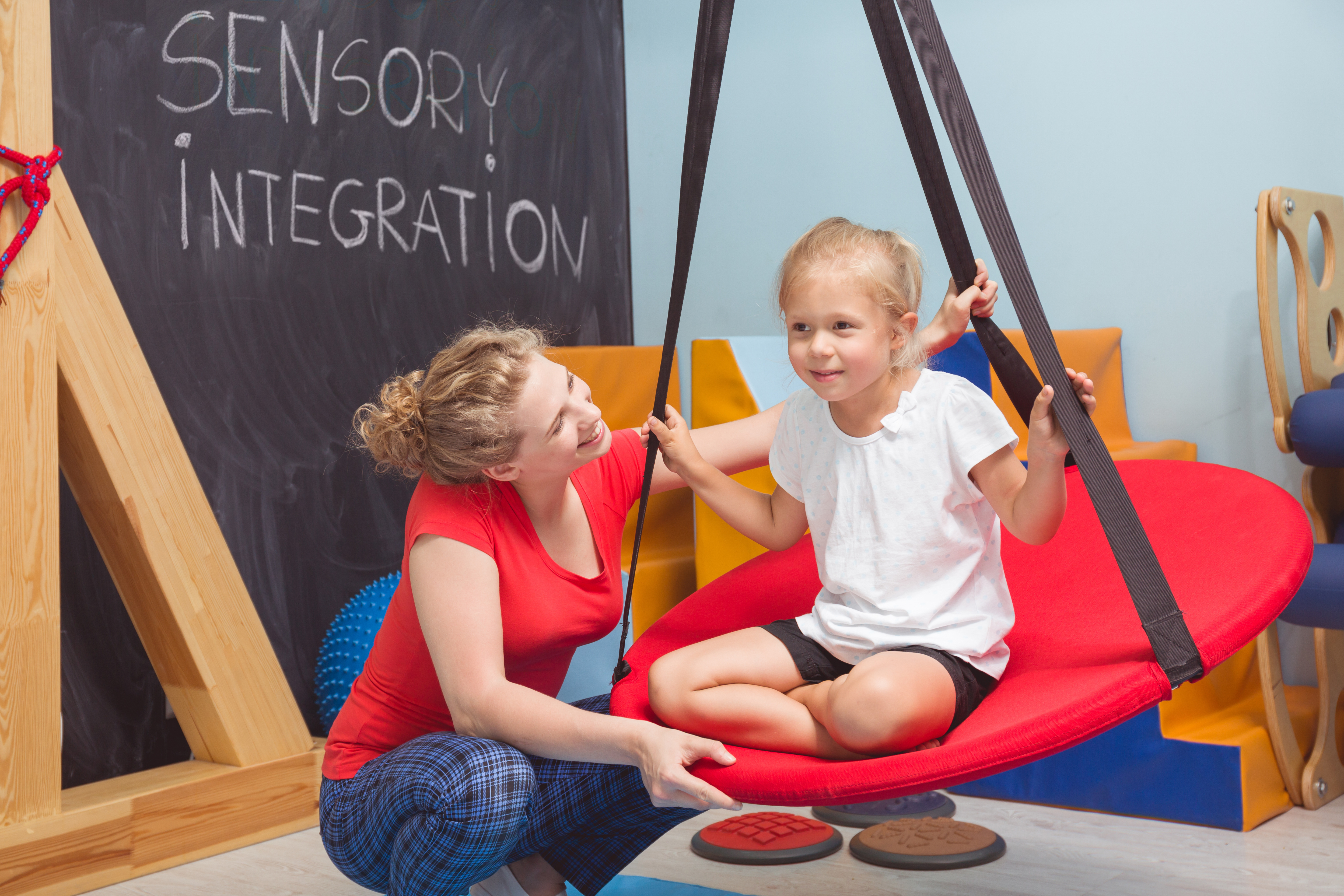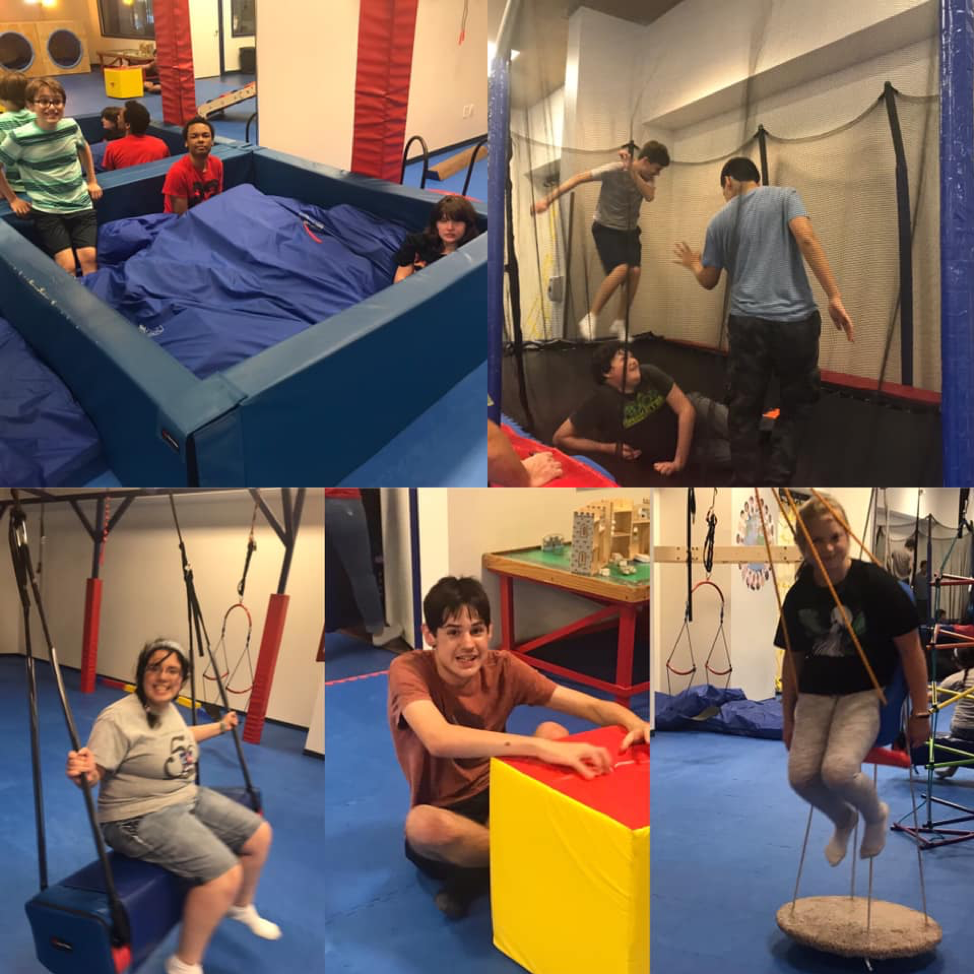

Ending with this type is often calming and grounding to the body and nervous system.

Go back to the passive proprioception category for your final activity. Clothes closet exploration (touch and rub different textures on arms and legs).Reach into your dry goods bins (beans, rice, pasta, etc.).Bean bag tapping (tap small bean bag over legs and arms).Hauling laundry basket/transferring wet laundry.Helicopter spins (arms out, spin 10x each way).Stop and go short spins on your office chair.Cat-cow yoga poses (make sure you look at the ceiling and your knees).What would a sensory diet look like for an adult? Aim for at least 2 minutes from each of the following categories. You can learn more about these categories and what they do here. If you struggle with sounds or smells, consider adding auditory or olfactory components to your sensory diet. You can literally change your nervous system to process sensory input better with time! What does this look like? This involves doing specific activities targeting certain major sensory systems.įor an adult sensory diet, you would do vestibular, active and passive proprioception and tactile activities. You do activities geared to help your sensory processing systems run more effectively, today and in the future. This is the type of sensory diet that is done proactively. I like to think of these as proactive and reactive sensory diets. Sensory diets can be used in two different ways. These activities are specifically known as a sensory diet. Your therapist will review your specific sensory profile and help you identify sensory activities that will help. Check out Katie’s blog about SPD for adults to learn more ways to prepare for your appointment and understand more adult specifics for SPD. If you are interested in pursuing OT for yourself, find one that works specifically with adults with SPD. Much of this information is transferable to adult situations. I highly recommend attending your child’s session-a good therapist will provide a lot of great education while working with your child. If you are the parent of a child with SPD, make sure you get a referral to utilize this resource for your child. Treatment for SPD often involves seeing an Occupational Therapist (OT) specializing in sensory processing. So what can you do to help your Sensory Processing Disorder as an adult? We’ll explore some options and the two types of sensory diets for adults below. While science has shown that the nervous system makes the most rapid changes before age 5, we also now know that you can literally change your brain throughout your life span 1.

Education and medical professionals alike are becoming more aware of SPD and are helping families spot it and treat it sooner than in past generations.įeel like you missed the treatment window? It is never too late. It is not uncommon for adults to be completely unaware of SPD until their children get diagnosed, and then realize that they, too, likely have SPD. Parents of children with Sensory Processing Disorder (SPD) often spot sensory “issues” that ring true for them or their spouse as well. Alright, we’ve talked a lot about doing a sensory diet with kids, but what about you? Do sensory diets for adults help?


 0 kommentar(er)
0 kommentar(er)
